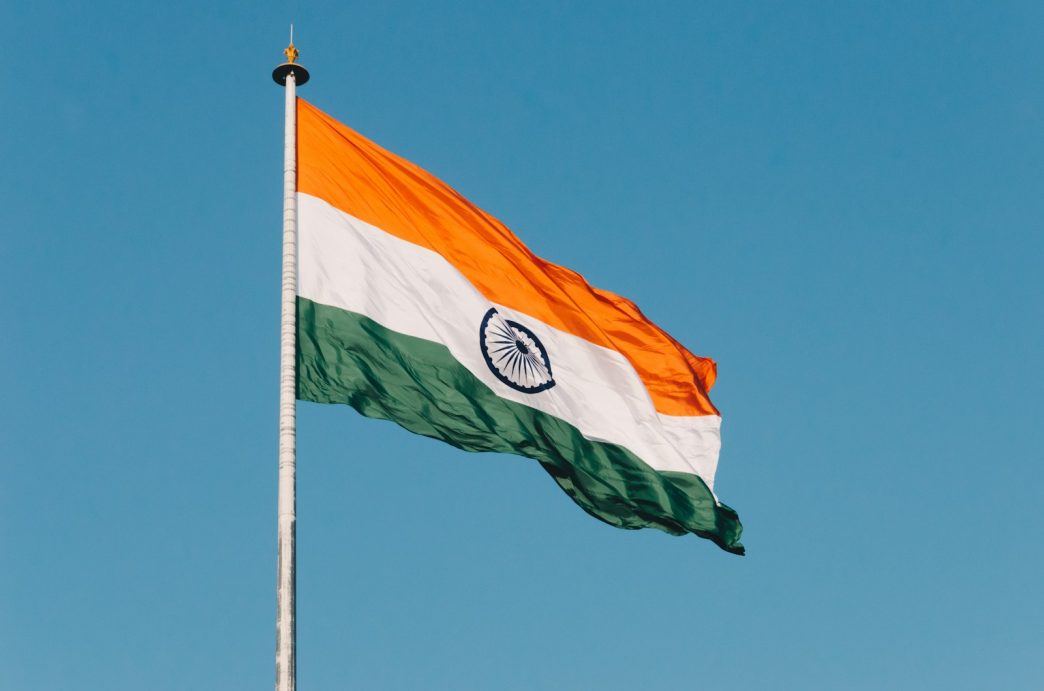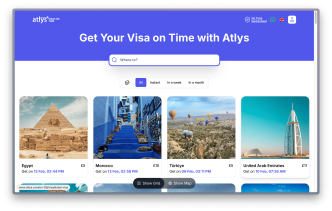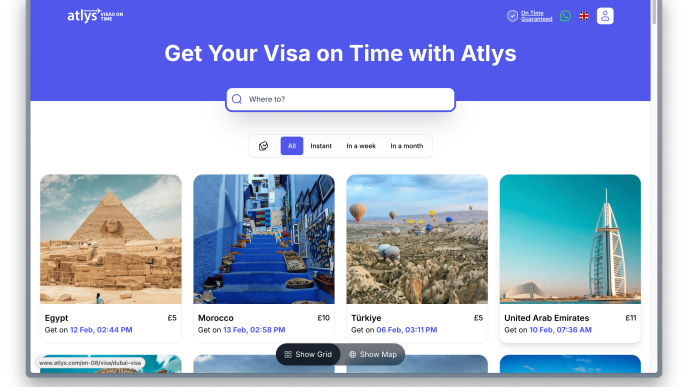The Schengen Area comprises 29 European countries that allow free movement among their citizens without the need to navigate border controls. However, non-EU nationals, including Indian citizens who want to explore these countries, particularly for short stays, require a Schengen visa.
Whether you are a new or seasoned traveller seeking new adventures or opportunities in Europe, this guide explains the essentials to help you navigate the Schengen visa process as an Indian citizen.
What is the Schengen Visa?
The Schengen visa is a travel permit that allows non-EU citizens to enter and stay in the Schengen area for up to 90 days within a 180-day period.
With a single Schengen visa, Indian passport holders can travel to Austria, Belgium, Bulgaria, Croatia, Czechia, Denmark, Estonia, Finland, France, Germany, Greece, Hungary, Iceland, Italy, Latvia, Liechtenstein, Lithuania, Luxembourg, Malta, Netherlands, Norway, Poland, Portugal, Romania, Slovakia, Slovenia, Spain, Sweden, and Switzerland.
This visa is suitable for individuals who want to enter the Schengen zone for tourism, business events, medical treatment, short-term study, transit purposes, or to visit family and friends.
Types of Schengen Visas
There are two main Schengen visa types, and they include:
Type A (Airport Transit Visa)
The type A visa allows non-citizens travelling from a non-Schengen country to another non-Schengen nation to transit through the international airport of a Schengen state. This visa is valid for 24 hours, and visa holders will not be allowed to exit the airport area or enter the Schengen country.
Type C (Uniform Schengen Visa)
The type C visa is the standard Schengen visa and allows holders to stay and travel within the zone for up to 90 days.
Note that there used to be a type B visa that allowed visitors to transit through the Schengen area by land or sea for journeys no longer than five days. However, it has been absorbed into the type C visa with the condition “transit.”
Indian nationals can apply for a Type C Schengen visa as either a single-entry visa, allowing them to enter the Schengen area once, or a multiple-entry visa, enabling multiple short-term visits while the visa is valid.
Documents Needed for the Schengen Visa Application
When applying for the Schengen visa, you must provide the following documents:
- An Indian passport issued within the last ten years, valid for three months beyond your intended stay, and with at least two blank pages.
- A passport-style photograph
- Completed and signed Schengen visa application form
- Travel medical insurance with a minimum coverage of €30,000.
- Proof of financial means to support yourself throughout your stay in the Schengen area, such as a bank statement.
- A detailed travel itinerary outlining your trip’s purpose, accommodation arrangements, and return ticket.
You’ll also need to provide other documents specific to your travel situation. If you’re self-employed and travelling for business purposes, you should present:
- Invitation letter from hosting company.
- Proof of commercial activity (invoices, contracts, etc.).
- Business registration documents.
If you are in a paid employment, you must present:
- Employment contract.
- Proof of qualifications (diplomas, certificates, etc.).
- Letter from your employer explaining the purpose of the trip.
For study purposes, you must submit:
- Letter of acceptance into a college or university.
- Proof of language proficiency
- Proof of that you’ve paid your tuition, you are capable of paying your tuition, or have a schorlarship.
- A study plan or curriculum.
How to Apply for the Schengen Visa
You should submit your application at the visa application centre (VAC) that handles applications for the country you intend to visit.
Note that if you travel to more than one Schengen country, you should submit your application at the VAC that handles applications for the country where you’ll spend the longest time. If the time you’ll spend in each country is the same, you should apply for the VAC of the country you will enter first.
The VACs that handle Schengen visa applications in India include the following:
- VFS Global with offices in Mumbai, Delhi, Bengaluru, Chennai, and Kolkata
- TLScontact is located in Mumbai, Delhi, Bengaluru
- BLS International in Mumbai, Delhi, Bengaluru, and Chennai.
Once you’ve decided where you need to submit an application, take the following steps:
- Visit the website of the VAC you intend to apply through
- Download and complete the visa application form.
- Book an appointment on the website.
- Visit the VAC office on the day of your appointment.
- Submit your documents to the visa officers
- Provide your biometric information (fingerprints and photograph)
- Pay the visa application fee.
You may be asked some questions regarding the purpose of your trip. Be honest and transparent in your responses to avoid giving immigration officers any reason to question the legitimacy of your application.
After submitting your application, you may be able to track its progress online. The VAC will notify you to pick up your stamped passport if your visa is approved. Then, you can travel to the Schengen area on the date specified in your passport.
The Cost of the Schengen Visa
Schengen visa application costs €90 for adults and €40 to €45 for children aged 6 to 12. Children under six years old are exempt from visa fees. Diplomats, researchers, students, pupils, and teachers on a school trip are also exempt from paying a visa fee.
The Schengen Visa Processing Time
Schengen visa applications generally take 15 days to process. However, this time may be extended for up to 45 days if the application requires a more detailed examination or additional documents. You can avoid visa delays by submitting your application a few weeks before your travel date and ensuring your documents are accurate and valid.
Conclusion
The Schengen visa allows Indian nationals and other non-EU citizens to explore several countries in the Schengen zone with a single visa. This eliminates the need to apply for multiple visas.
If you intend to apply for a Schengen visa, it’s essential to gather all supporting documents, complete the application form accurately, and pay the correct visa fees. It’s also important to apply early to avoid delays and ensure you get to your destination on time.














